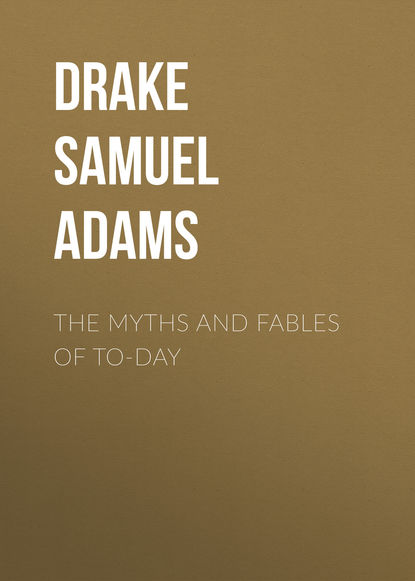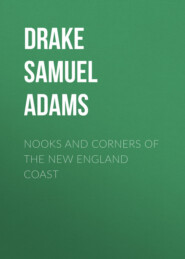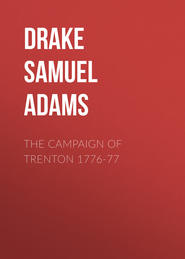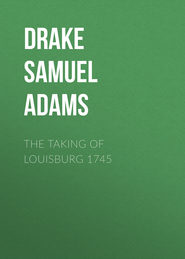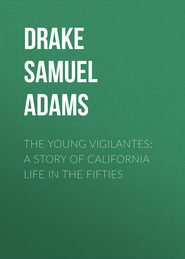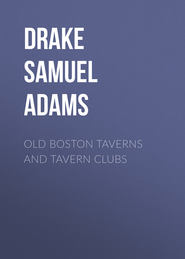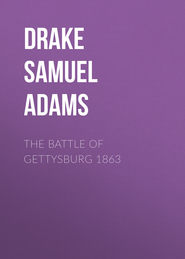По всем вопросам обращайтесь на: info@litportal.ru
(©) 2003-2024.
✖
The Myths and Fables of To-Day
Настройки чтения
Размер шрифта
Высота строк
Поля
Candlemas Day (2 February) is observed as a festival day by the Roman Catholics, and still holds a place in the calendar of the Episcopal Church. It is kept in memory of the purification of the Virgin, who presented the infant Jesus in the Temple. A number of candles were lighted, it is said in memory of Simeon’s song (Luke ii, 32), “A light to lighten the Gentiles.” Hence the name of Candlemas. Edward VI. forbade the practice of lighting the churches in 1548.
5
See the ominous import of this farther on.
6
The white and purple spiræa.
7
For the ill omens of nosebleed, see Chapter ix.
8
It was commonly believed that the haddock bore the mark of St. Peter’s thumb, ever since that saint took the tribute penny out of a fish of that species.
9
It is deemed lucky to be born with a caul or membrane over the face. In France être né coiffée signifies that a person is extremely fortunate. It is believed to be an infallible protection against drowning, and under that idea is frequently advertised for sale in the newspapers and purchased by seamen. If bought by lawyers they become as eloquent as Demosthenes or Cicero, and thereby get a great deal of practice. – Fielding.
10
Edward Winslow makes use of this word in speaking of an Indian who had been taken prisoner at Plymouth, and confined in the fort newly built there. “So he was locked in a chain to a staple in the court of guard and there kept. Thus was our fort handselled, this being the first day, as I take it, that ever any watch was there kept.” – Winslow’s “Relation.”
11
Mr. Coxe.
12
More concerning throwing the shoe will be found under “Marriage.”
13
Note the poetical reference in another chapter.
14
Boston Transcript, February 13, 1899.
15
In “Farmer and Moore’s Collections,” i., 136.
16
Another way, laid down by some authorities, was that any unmarried woman fasting on Midsummer Eve, and at midnight laying a clean cloth with bread, cheese, and ale, and sitting down as if going to eat – the street door being left open – the person whom she is afterwards to marry will come into the room and drink to her by bowing, afterwards fill the glass, make another bow, and retire. —Fielding.
17
A reference to this is found in Cooper’s “Spy.”
18
Quetelet, on the calculation of probabilities.
19
May Martin was made to touch the face of her dead child (murdered by her to prevent a discovery), the fresh blood came forth, “whereupon she confessed.”
20
For more about these places see “New England Legends.”
21
Partly taken from Felt’s “Annals of Ipswich,” partly from the relations of others.
22
The rule, as laid down by Cotton Mather in “More Wonders” was this: “When there has been a murder committed, an apparition of the slain party accusing of any man, altho’ such apparitions have oftner spoke true than false, is not enough to convict the man of that murder; but yet it is a sufficient occasion for Magistrates to make a particular inquiry,” etc.
23
“Forty-one Years in India.”
24
An apple bough also is made use of in some cases.
25
According to the prophecy in Joel ii, 10, and Matthew xxiv, 29, then “shall the sun be darkened, and the moon shall not give her light.”
26
In “Nooks and Corners of the New England Coast.”
27
For more about her, see “New England Legends and Folk-Lore.”





